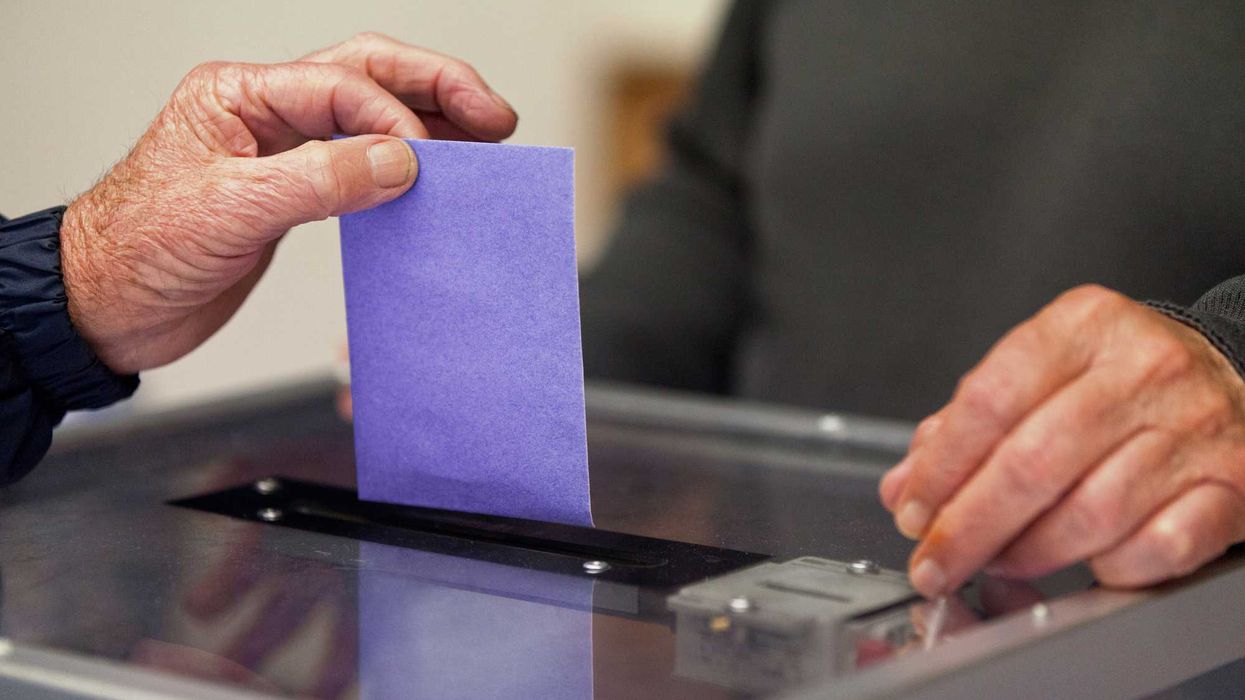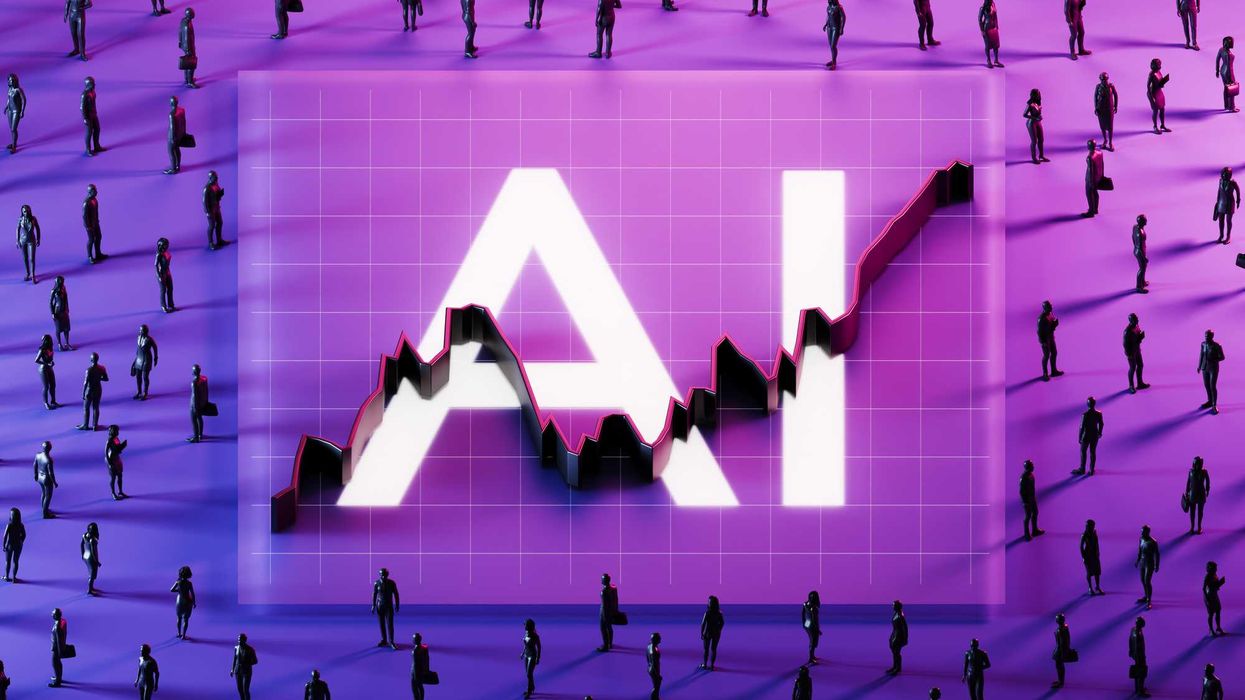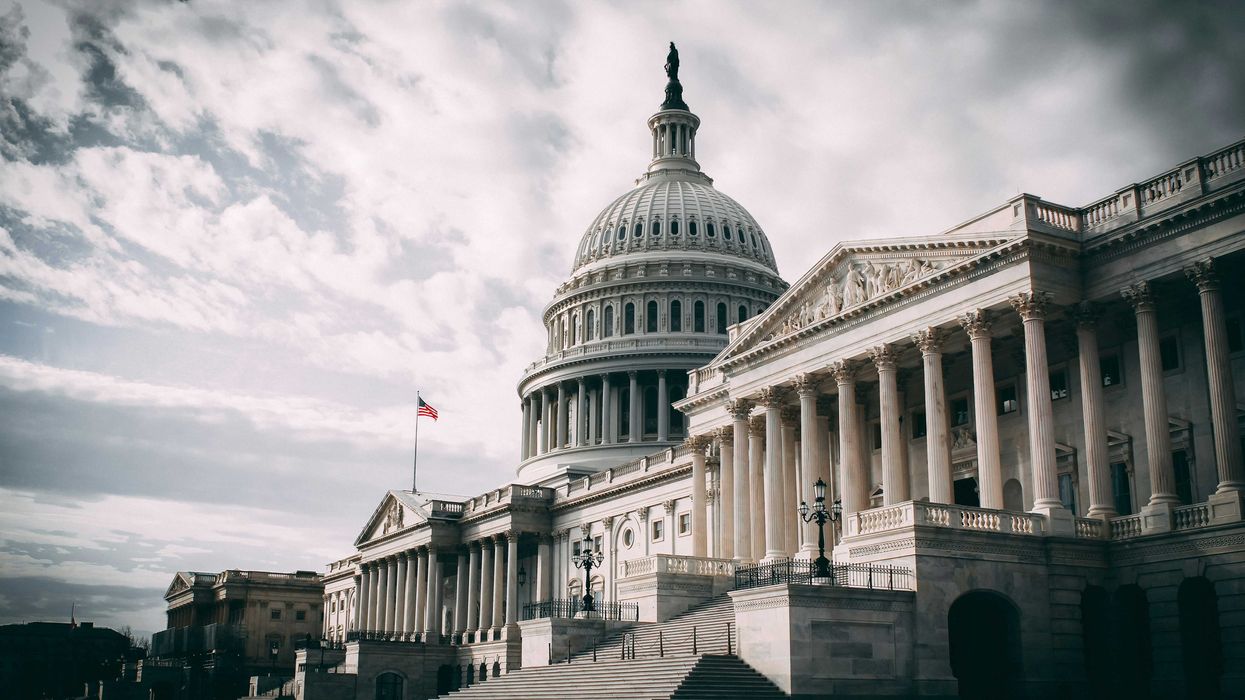Long is a senior strategic communications consultant with public, private, and not-for-profit experience. She holds a doctorate in Political Science and a Master of Public Health.
Consumers are demanding corporate responsibility (CR) and companies are responding. It’s an odd demand in that it isn’t about a company’s product or service they want to buy, but about the general behavior of a company from which they may not buy. Companies cannot easily ignore this demand if their bottom lines and reputations depend on consumers. This caveat is important: consumers’ CR demand has serious pull, but only over business-to-consumer companies (B2C) that depend on them. Business-to-business companies (B2B), which depend on other companies, do not feel the same pull from this demand. When the sheer number and growth of B2B companies is considered, it is clear that CR will never reach its full potential unless it reaches these companies.
Regulations would be an obvious means to supplement consumers’ limited B2B reach, but CR regulations affecting B2B companies have been slow to pass and cannot follow B2B companies’ exchanges across borders.
Another means would be for one company to put a demand on another company or other companies. The trick is that companies will only make CR demands on other companies, and other companies will only respond to those demands, if they have a good reason. This good reason leads right back to consumer demand. If consumer demand can push B2C companies to adopt CR reforms – even behemoths like Gap or Google – then consumers demand can also push B2C companies to push B2B companies to adopt CR reforms.
Importantly, B2C companies can best influence B2B companies with which they do business. Even large B2C companies depend on many companies to produce whatever they sell. These companies make up their value chains. Coca-Cola’s value chain includes ingredient companies for sugar. Consumers can demand Coca-Cola adopt CR behavior but not Coca-Cola’s foreign sugar suppliers. Consumers therefore demand Coca-Cola adopt CR standards and work only with suppliers that meet those same standards. If irresponsible suppliers pop-up in Coca-Cola’s value chains, such as sugar companies involved in land grabs, consumers will directly punish Coca-Cola by buying from PepsiCo or joining boycotts until Coca-Cola reactively “corrects” the problem. To proactively limit consumer punishment, Coca-Cola proactively pledges not to buy from suppliers involved in land grabs.
Consumers’ demand for large B2C companies to ensure CR in their value chains is becoming the norm. This norm grew from the post-Cold War offshoring boom of the 1990s. As more production moved offshore, the less American consumers could identify who or what was involved in the things they bought. Their limited knowledge was brought home by the series of value chain scandals beginning with the infamous Nike sweatshop exposés. Student protesters reacted to Nike’s exploitation of workers in substandard foreign factories out of American regulators’ reach. Their reaction created a new generation of consumer activism in America’s long boycott history that increasingly holds B2C companies ethically responsible for their value chains’ behavior. Some even look to countries like France as a CR future as having made this responsibility a legal one.
Although this all sounds good on paper, several weaknesses limit B2C companies’ CR impact in their value chains.
The first weakness is related to the “how” question: how can B2C companies ensure CR in their value chains – especially complex value chains containing thousands of B2B companies? The most effective way a company can make another company adopt certain CR standards is by including those standards in contracts. Contracts pass responsibility from supplier to supplier like a virus. But B2C companies have contracts with their direct suppliers, meaning they must rely on direct suppliers to pass the standards to their own suppliers and so on through the value chain. Merck passes CR through its value chains of nearly 60,000+ members by adding its Responsible Sourcing Principles to direct supplier contracts and requiring those suppliers to apply the Principles in their own supplier contracts. CR standards must be passed by contracts all the way to the companies sourcing raw materials. If one layer fails, consumers may hold Merck responsible.
B2C companies may not be able to ensure all suppliers pass CR standards to the next layer of suppliers. Sometimes this is a matter of not wanting to do so. As an Oxfam representative said of sugar-related land grabs: “companies don’t want to dig under the surface of this. They don’t want to know.” Sometimes this is a matter of not being able to track the CR standards through every layer of supplier contracts. Take Turkish beet sugar. Turkish farms are small and getting smaller due to inheritance laws. B2C companies do not buy from these small farms but from middlemen that deal with regions of farms. These middlemen’s sourcing practices are not easily followed, nor are the farming practices of each producer clearly documented.
B2C companies may also run into situations in which suppliers refuse to accept CR – or any other – standards. They can find another supplier, but there are cases in which there are no other adequate options. Consider Qualcomm, which held a monopoly over smartphone chips that enabled it to set its own terms over Apple. But even dominant chip companies are dependent on others, like the Dutch company ASML that makes the machinery necessary to make advanced chips or Chinese rare earths suppliers.
The second weakness is the approach’s potential crossover with “abuse of dominance.” Large B2C companies that dominate their supply chains may be better able to push their B2B suppliers to adopt certain behavior. DeBeers, which controlled the world’s rough diamond trade, is a past example of this dominance. But dominance can become abusive, as European Commission reviews found regarding DeBeers. We must ask if coercion between companies should be actively promoted, even if it is to achieve positive reforms. If so, we then need to ask how to keep coercion to “positive” purposes? Regarding Ferrero’s sourcing of Turkish hazelnuts. Ferrero maintains a Ferrero Farming Values project in Turkey to address agricultural problems such as child labor. It requires participating farmers to sign a charter on responsible practices. But do the farmers always know what they are signing, and – given those farmers’ own challenges – can they always abide by the charter? The pressure to sign may be an act of dominance, even if the behavior required by the charter is overwhelmingly good.
These weaknesses do not mean this B2C approach is not valuable. They mean that more meaningful debate is needed to find how best other uses of consumer demand, with government regulations, may compensate for these weaknesses. Examples may be found in the final Corporate Sustainability Due Diligence Directive – which creates CR requirements on companies’ value chains – if or once it is applied alongside more targeted selection of B2C companies to maximize B2B/value chain reach.





















